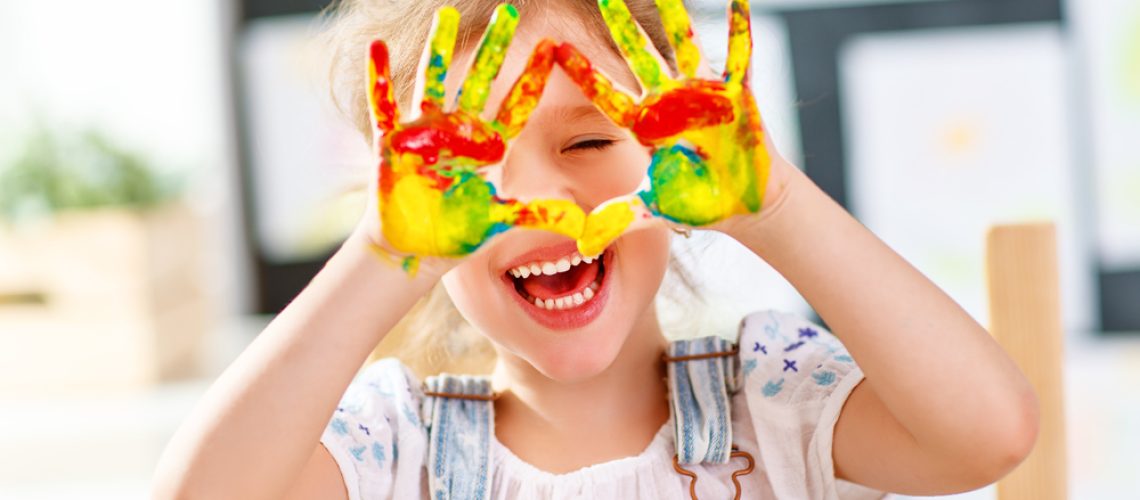The first day of preschool is a significant milestone in your child’s life. It marks the beginning of their educational journey, fostering their independence, social skills, and cognitive development. However, the transition can be challenging for both parents and children alike. As a parent, you play a vital role in helping your child navigate this exciting but sometimes intimidating new experience. Here are ten invaluable ways to make this transition into preschool as smooth as possible.
1. Familiarize Your Child with the School:
Before the first day, take your child on a tour of the preschool. Let them explore the classroom, meet their teacher, and see where they will eat and play. Familiarity can alleviate anxiety and make the environment feel less daunting.2. Establish a Routine:
A consistent daily routine can provide security and predictability for your child. Try to establish a schedule that mirrors the preschool’s daily routine, including wake-up time, meals, and nap time. This will make the transition into preschool smoother since your child will already be accustomed to a structured day.3. Practice Separation:
If your child hasn’t spent much time away from you, practice short separations in the weeks leading up to preschool. Leave them with a trusted caregiver or family member for increasing intervals to help them become comfortable with the idea of being apart.4. Share Positive Stories:
Talk positively about preschool. Share stories of fun activities, new friends, and exciting adventures that await your child. Emphasize the positive aspects of their upcoming experience to build excitement.5. Attend Orientation:
Most preschools offer orientation sessions for parents and children. Attend these to meet other parents and help your child become acquainted with their future classmates and teachers. It’s also an excellent opportunity to ask questions and address any concerns.6. Label Personal Items:
Label your child’s backpack, lunchbox, clothing, and other personal items. This not only helps the teachers but also empowers your child to recognize their belongings, fostering a sense of ownership.7. Develop Self-Help Skills:
Encourage independence by teaching your child self-help skills such as dressing themselves, using the restroom, and washing their hands. These skills will boost their confidence and make daily activities at preschool more manageable.8. Create a Goodbye Ritual:
Establish a consistent and brief goodbye ritual when dropping off your child. A hug and a reassuring phrase like, “I’ll be back soon,” can help ease the transition. Avoid long and emotional goodbyes, as they can exacerbate anxiety.9. Foster Social Skills:
Encourage your child to interact with other children through playdates or group activities. This will help them become more comfortable with social interactions, making it easier to build friendships at preschool.10. Be Patient and Supportive:
The transition to preschool can be emotionally challenging for your child. Be patient and supportive, acknowledging their feelings and fears. Celebrate their small achievements and provide comfort when they need it.
The transition to preschool can be emotionally challenging for your child. Be patient and supportive, acknowledging their feelings and fears. Celebrate their small achievements and provide comfort when they need it.
Transitioning into preschool is a significant step in your child’s development. By following these ten strategies, you can help ease the process and create a positive experience that sets the stage for a lifelong love of learning. Remember that every child is unique, so adapt these tips to your child’s personality and needs, and trust that with time and patience, they will thrive in their new preschool environment.


